Back to Courses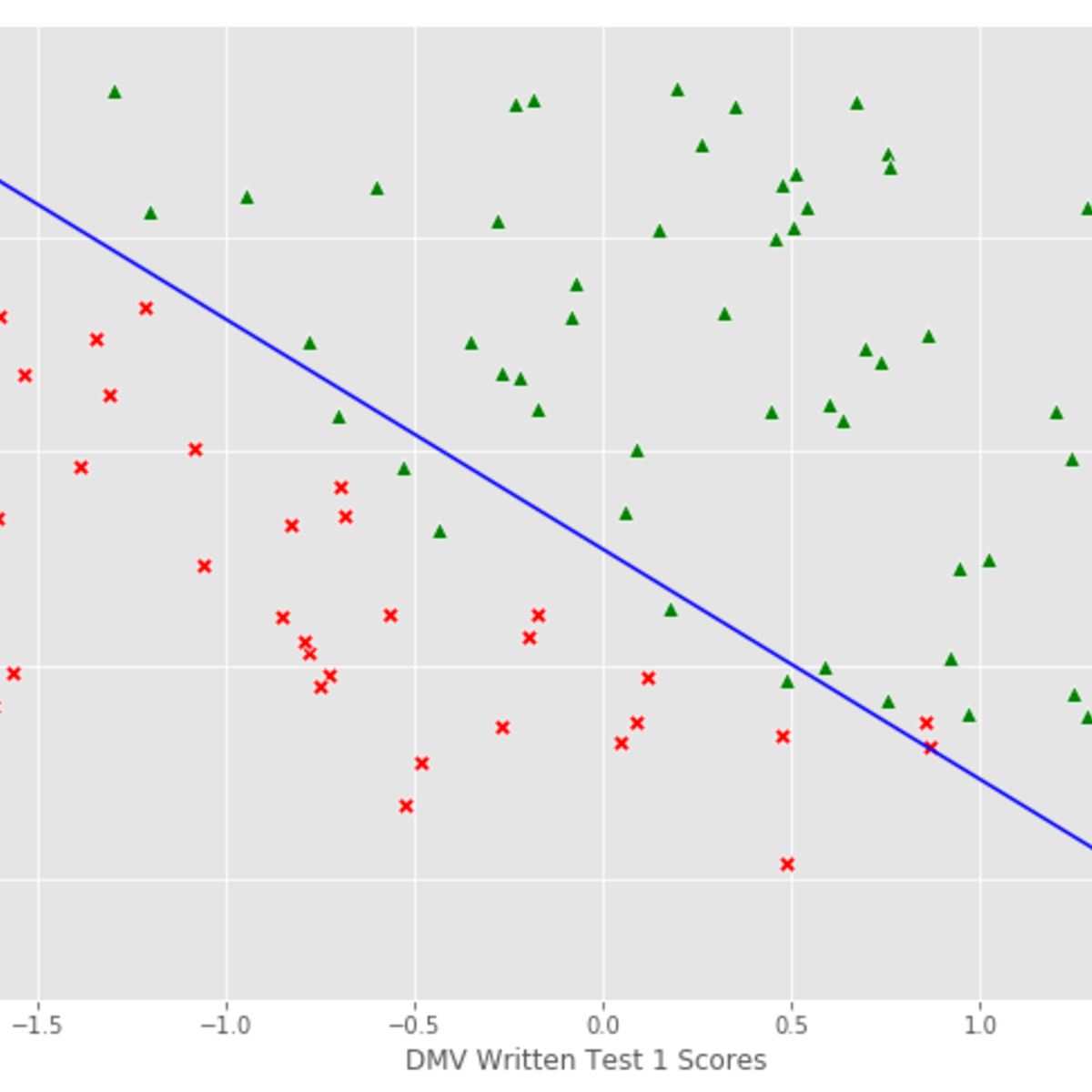

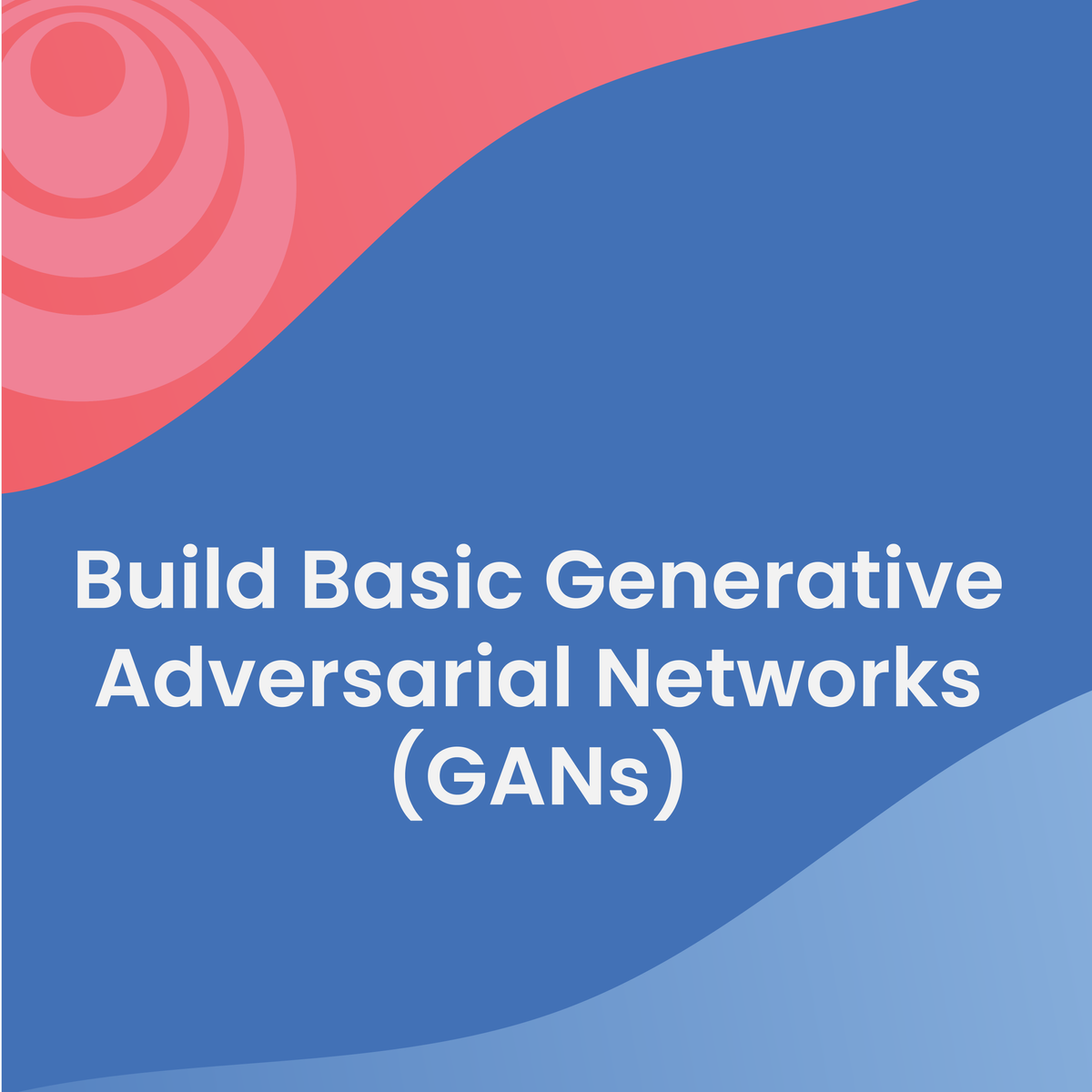

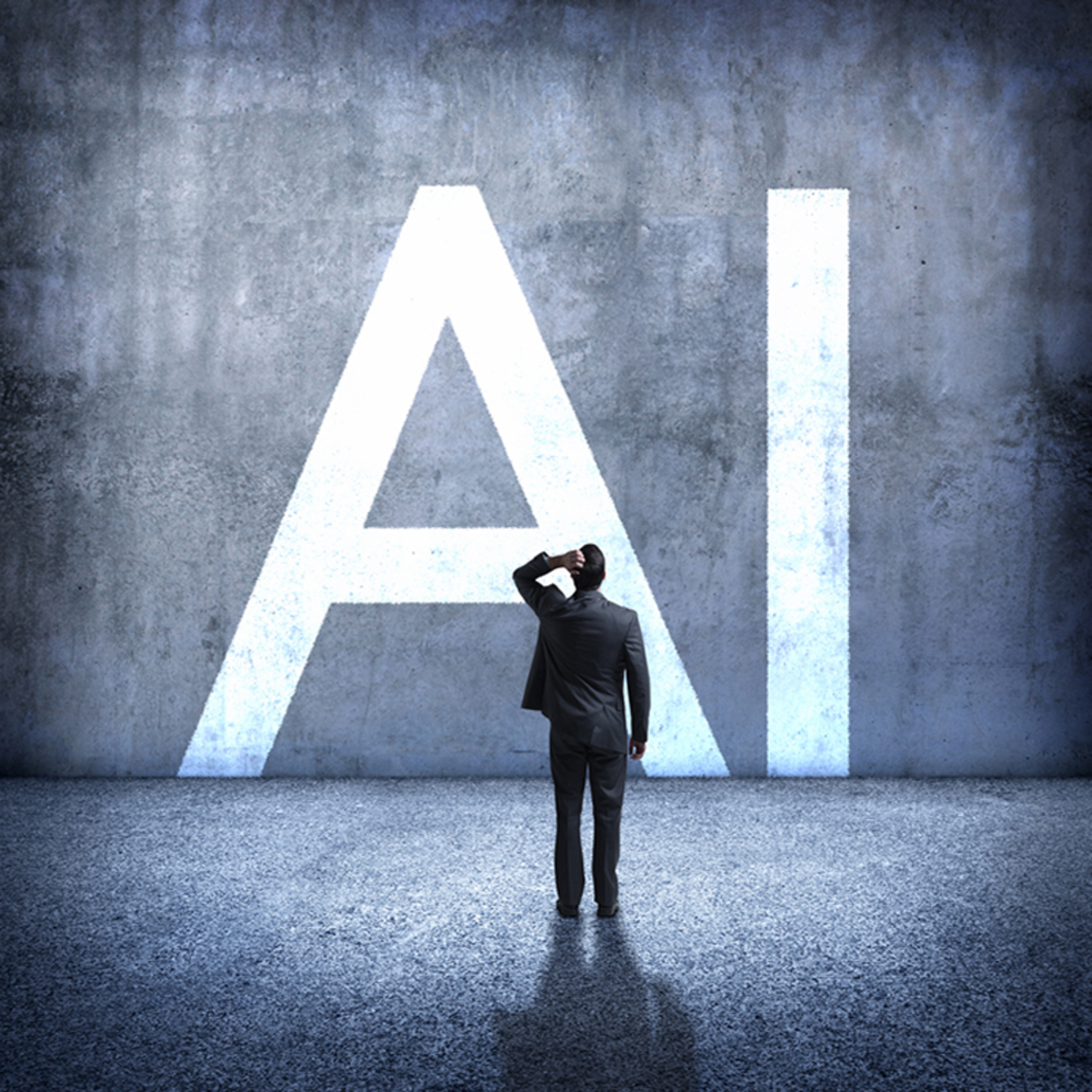
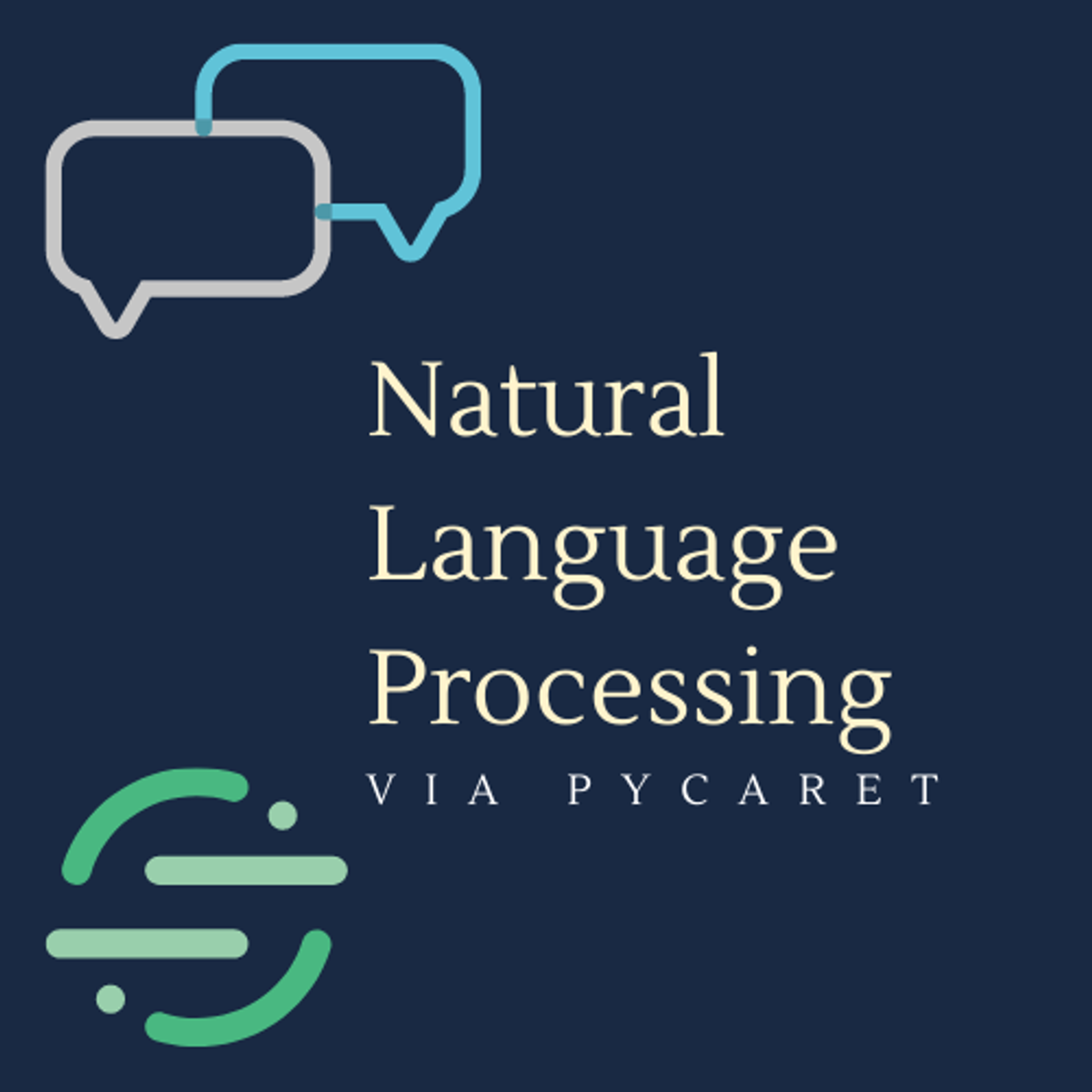
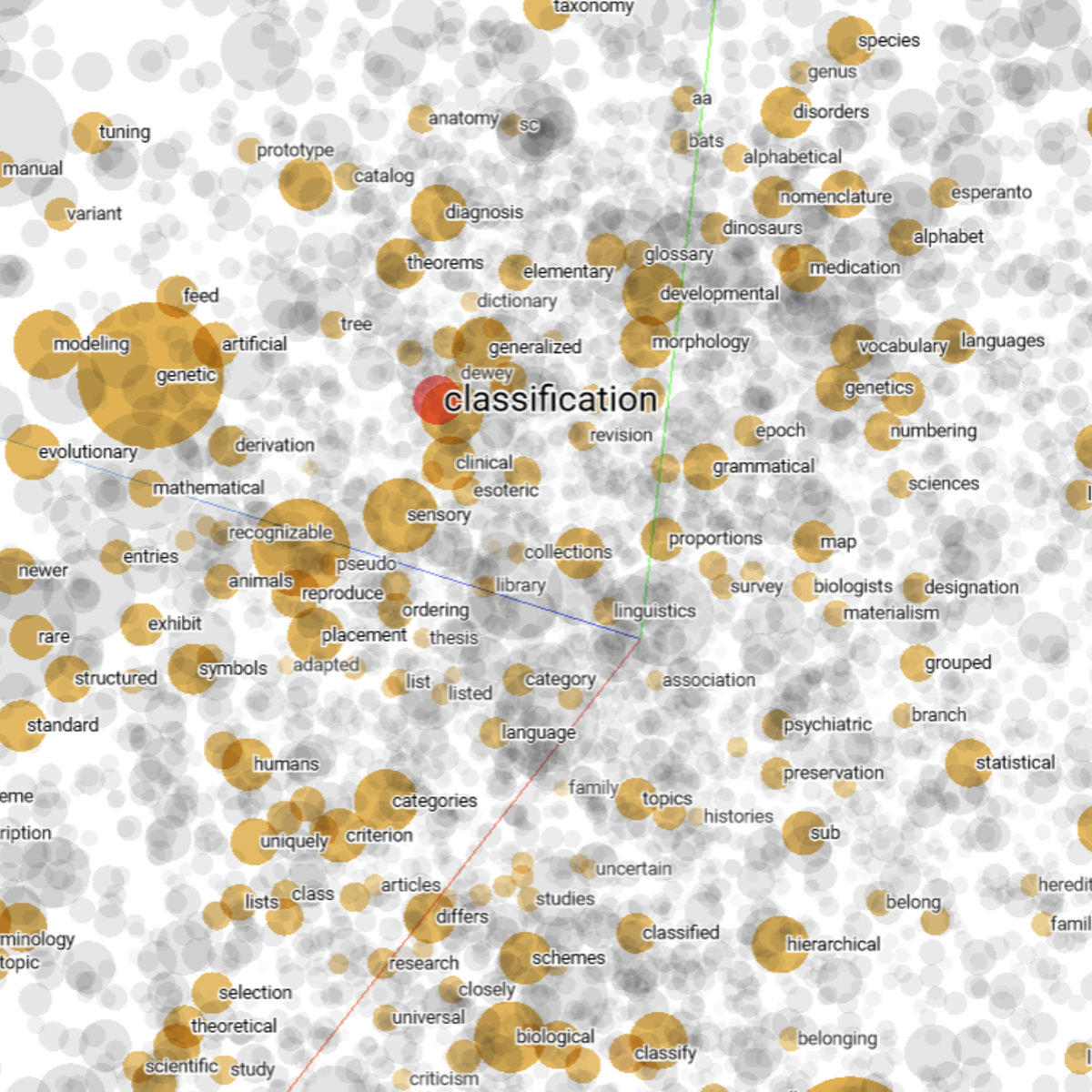

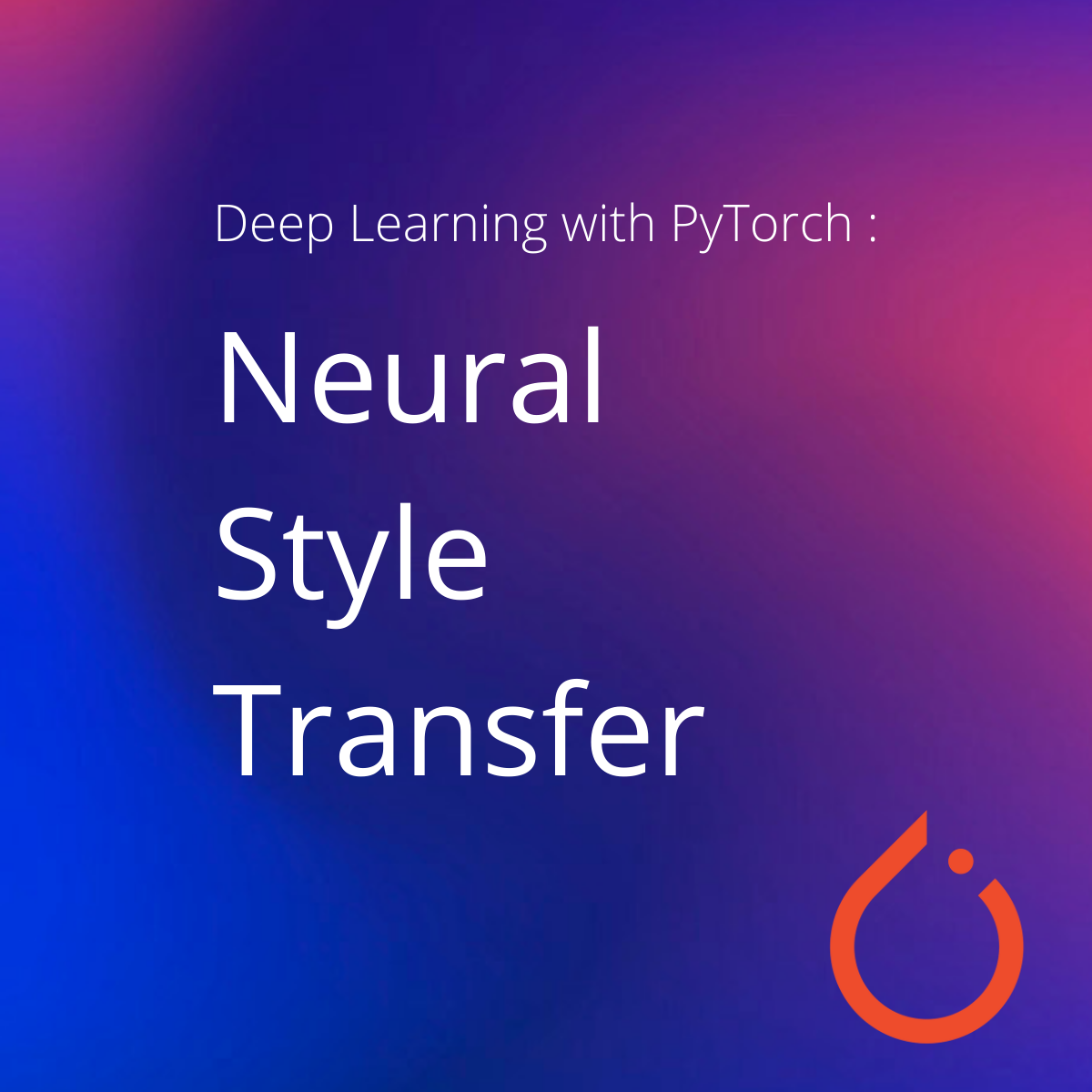
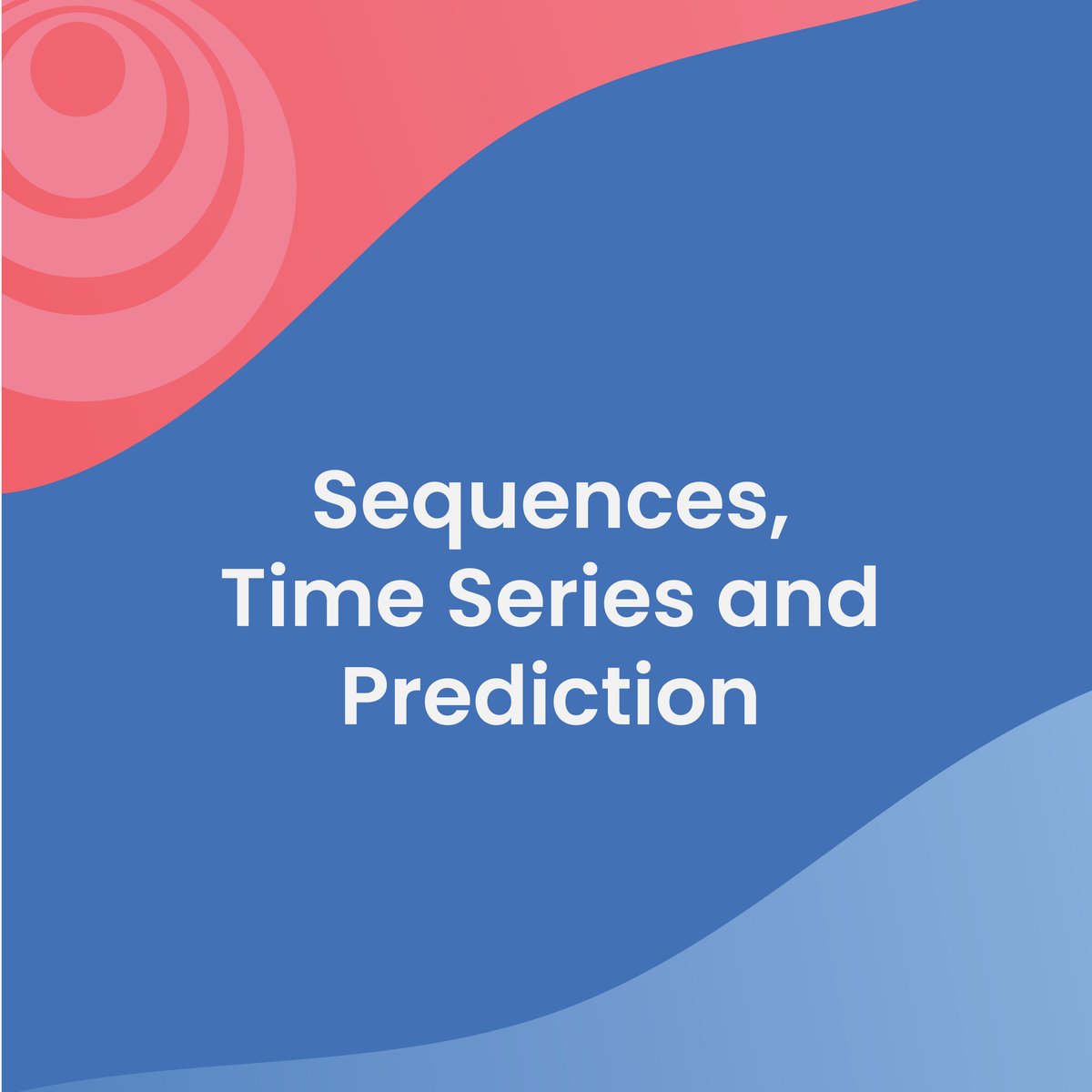
Machine Learning Courses - Page 18
Showing results 171-180 of 485

Logistic Regression with NumPy and Python
Welcome to this project-based course on Logistic with NumPy and Python. In this project, you will do all the machine learning without using any of the popular machine learning libraries such as scikit-learn and statsmodels. The aim of this project and is to implement all the machinery, including gradient descent, cost function, and logistic regression, of the various learning algorithms yourself, so you have a deeper understanding of the fundamentals. By the time you complete this project, you will be able to build a logistic regression model using Python and NumPy, conduct basic exploratory data analysis, and implement gradient descent from scratch. The prerequisites for this project are prior programming experience in Python and a basic understanding of machine learning theory.
This course runs on Coursera's hands-on project platform called Rhyme. On Rhyme, you do projects in a hands-on manner in your browser. You will get instant access to pre-configured cloud desktops containing all of the software and data you need for the project. Everything is already set up directly in your internet browser so you can just focus on learning. For this project, you’ll get instant access to a cloud desktop with Python, Jupyter, NumPy, and Seaborn pre-installed.

Titanic Survival Prediction Using Machine Learning
In this 1-hour long project-based course, we will predict titanic survivors’ using logistic regression and naïve bayes classifiers. The sinking of the Titanic is one of the key sad tragedies in history and it took place on April 15th, 1912. The numbers of survivors were low due to lack of lifeboats for all passengers. This practical guided project, we will analyze what sorts of people were likely to survive this tragedy with the power of machine learning.
Note: This course works best for learners who are based in the North America region. We’re currently working on providing the same experience in other regions.

Build Basic Generative Adversarial Networks (GANs)
In this course, you will:
- Learn about GANs and their applications
- Understand the intuition behind the fundamental components of GANs
- Explore and implement multiple GAN architectures
- Build conditional GANs capable of generating examples from determined categories
The DeepLearning.AI Generative Adversarial Networks (GANs) Specialization provides an exciting introduction to image generation with GANs, charting a path from foundational concepts to advanced techniques through an easy-to-understand approach. It also covers social implications, including bias in ML and the ways to detect it, privacy preservation, and more.
Build a comprehensive knowledge base and gain hands-on experience in GANs. Train your own model using PyTorch, use it to create images, and evaluate a variety of advanced GANs.
This Specialization provides an accessible pathway for all levels of learners looking to break into the GANs space or apply GANs to their own projects, even without prior familiarity with advanced math and machine learning research.

Deep Learning with PyTorch : Generative Adversarial Network
In this two hour project-based course, you will implement Deep Convolutional Generative Adversarial Network using PyTorch to generate handwritten digits. You will create a generator that will learn to generate images that look real and a discriminator that will learn to tell real images apart from fakes. This hands-on-project will provide you the detail information on how to implement such network and train to generate handwritten digit images.
In order to be successful in this project, you will need to have a theoretical understanding on convolutional neural network and optimization algorithm like Adam or gradient descent. This project will focus more on the practical aspect of DCGAN and less on theoretical aspect.
Note: This course works best for learners who are based in the North America region. We’re currently working on providing the same experience in other regions.

Artificial Intelligence Data Fairness and Bias
In this course, we will explore fundamental issues of fairness and bias in machine learning. As predictive models begin making important decisions, from college admission to loan decisions, it becomes paramount to keep models from making unfair predictions. From human bias to dataset awareness, we will explore many aspects of building more ethical models.

Natural Language Processing with PyCaret
In this project you will learn how to set up PyCaret for your natural language processing tasks, compare and create models effectively, visualize your models and corpus. All this with just a few lines of code.

Convolutions for Text Classification with Keras
Welcome to this hands-on, guided introduction to Text Classification using 1D Convolutions with Keras. By the end of this project, you will be able to apply word embeddings for text classification, use 1D convolutions as feature extractors in natural language processing (NLP), and perform binary text classification using deep learning.
As a case study, we will work on classifying a large number of Wikipedia comments as being either toxic or not (i.e. comments that are rude, disrespectful, or otherwise likely to make someone leave a discussion). This issue is especially important, given the conversations the global community and tech companies are having on content moderation, online harassment, and inclusivity. The data set we will use comes from the Toxic Comment Classification Challenge on Kaggle.
To complete this guided project, we recommend that you have prior experience in Python programming, deep learning theory, and have used either Tensorflow or Keras to build deep learning models. We assume you have this foundational knowledge and want to learn how to use convolutions in NLP tasks such as classification.
Note: This course works best for learners based in the North America region. We’re currently working on providing the same experience in other regions.

Regression with Automatic Differentiation in TensorFlow
In this 1.5 hour long project-based course, you will learn about constants and variables in TensorFlow, you will learn how to use automatic differentiation, and you will apply automatic differentiation to solve a linear regression problem. By the end of this project, you will have a good understanding of how machine learning algorithms can be implemented in TensorFlow.
In order to be successful in this project, you should be familiar with Python, Gradient Descent, Linear Regression.
Note: This course works best for learners who are based in the North America region. We’re currently working on providing the same experience in other regions.

Deep Learning with PyTorch : Neural Style Transfer
In this 2 hour-long project-based course, you will learn to implement neural style transfer using PyTorch. Neural Style Transfer is an optimization technique used to take a content and a style image and blend them together so the output image looks like the content image but painted in the style of the style image. We will create artistic style image using content and given style image. We will compute the content and style loss function. We will minimize this loss function using optimization techniques to get an artistic style image that retains content features and style features.
This guided project is for learners who want to apply neural style transfer practically using PyTorch.
In order to be successful in this guided project, you should be familiar with the theoretical concept of neural style transfer, python programming, and convolutional neural networks.A google account is needed to use the Google colab environment.

Sequences, Time Series and Prediction
If you are a software developer who wants to build scalable AI-powered algorithms, you need to understand how to use the tools to build them. This Specialization will teach you best practices for using TensorFlow, a popular open-source framework for machine learning.
In this fourth course, you will learn how to build time series models in TensorFlow. You’ll first implement best practices to prepare time series data. You’ll also explore how RNNs and 1D ConvNets can be used for prediction. Finally, you’ll apply everything you’ve learned throughout the Specialization to build a sunspot prediction model using real-world data!
The Machine Learning course and Deep Learning Specialization from Andrew Ng teach the most important and foundational principles of Machine Learning and Deep Learning. This new deeplearning.ai TensorFlow Specialization teaches you how to use TensorFlow to implement those principles so that you can start building and applying scalable models to real-world problems. To develop a deeper understanding of how neural networks work, we recommend that you take the Deep Learning Specialization.
Popular Internships and Jobs by Categories
Find Jobs & Internships
Browse
© 2024 BoostGrad | All rights reserved